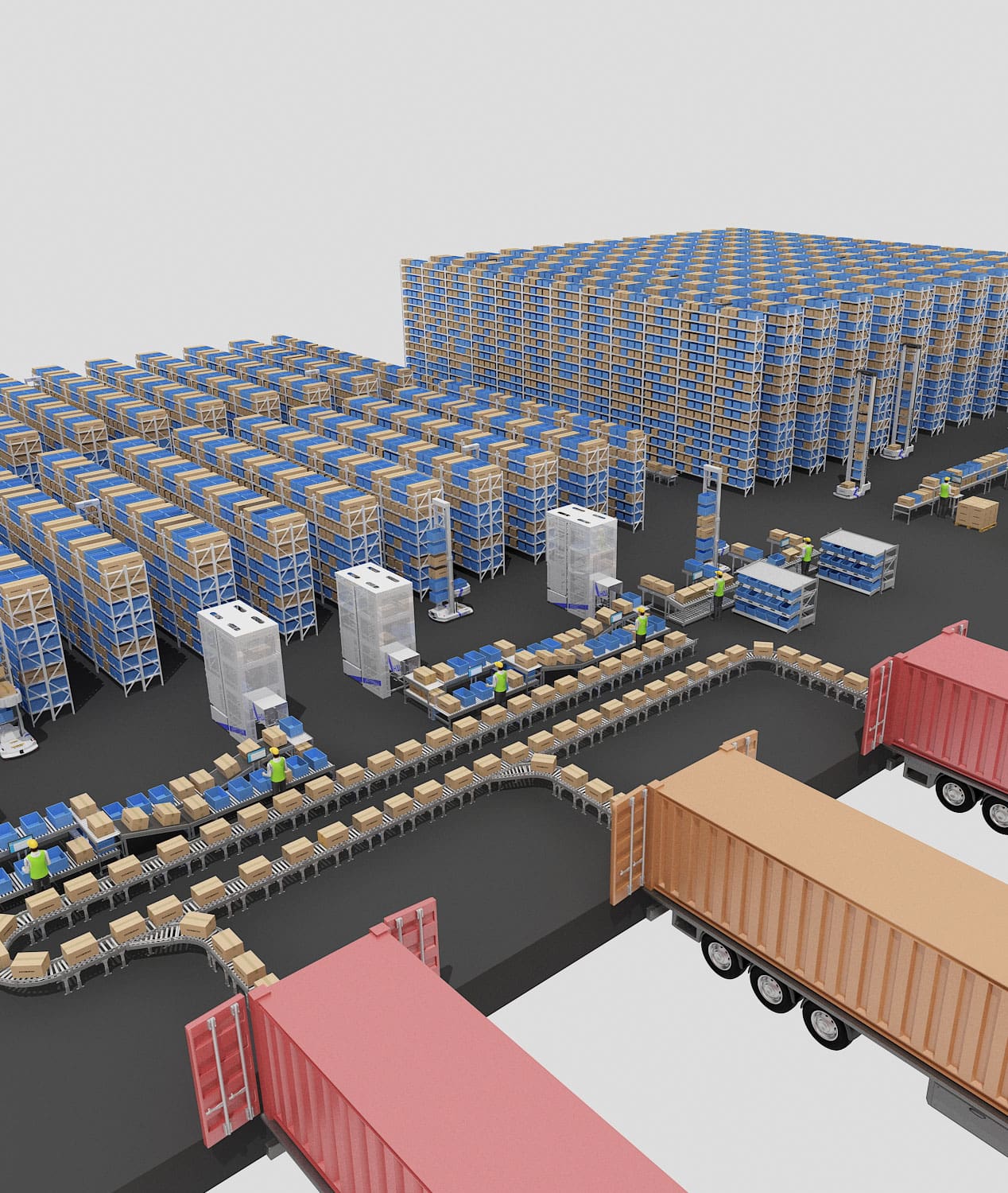We specialize in automated goods to person systems, conveyor systems, AMRs, sortation systems, orchestrated by our best-in-class warehouse execution systems.
Our systems maximize return on investment, effective use of labor, and help deliver on our promises to our customers.
With our RightFIT methodology, we integrate tailored systems to enhance profitability and efficiency, serving both distribution and manufacturing clients. At Conveyco, you’re gaining a trusted partner who exceeds expectations and is with you for the journey beyond just the initial installation.

Much of our business comes from repeat clients and referrals, a testament to our lasting relationships and reliable service.